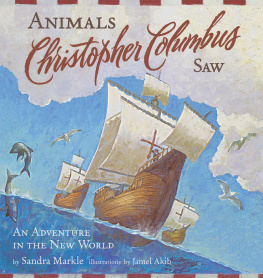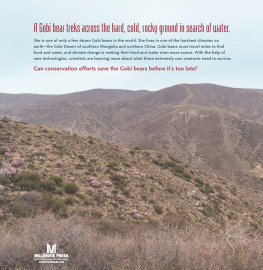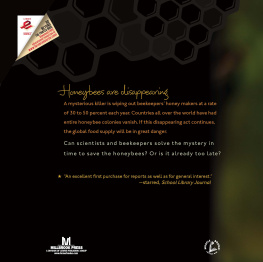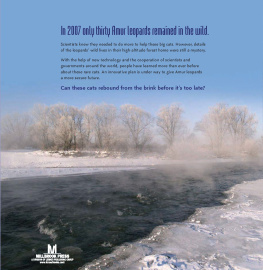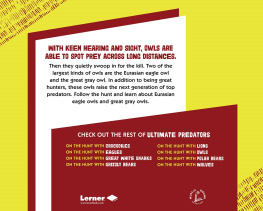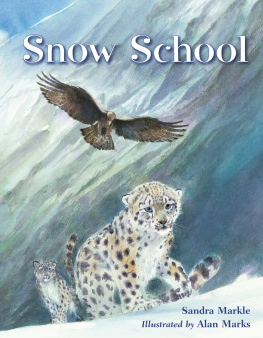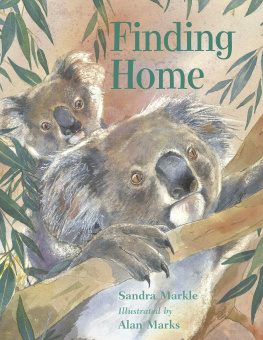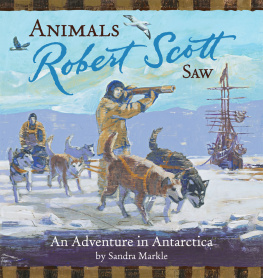
With love to my husband, Skip Jeffery, with
whom I enjoy exploring the worldS.M.
Acknowledgments
The author would like to thank the following people for sharing their enthusiasm and expertise: James E. Kelley Jr., coeditor of The Diario of Christopher Columbuss First Voyage to America, 14921493 (Norman: University of Oklahoma Press, 1989), and a member of the Council for the Society for the History of Discoveries; Lieutenant-Colonel Douglas Peck, retired United States Air Force officer and respected ocean navigator, who conducted the first-ever field study of Columbuss first voyage by sailing solo across the Atlantic; Keith Pickering, author of research papers on Columbuss navigation and consultant to the National Geographic Society on Columbuss first voyage; and Dr. Thomas Tirado, professor of history emeritus, past professor of Latin American history, and head of Millersville Universitys Columbian Quincentenary Project, an internationally supported online database of journals, correspondence, and media reports regarding Columbus and the legacy of his voyages.
Text 2008 by Sandra Markle.
Illustrations 2008 by Jamel Akib.
All rights reserved.
The illustrations in this book were rendered in chalk pastels.
Library of Congress Cataloging-in-Publication Data
Markle, Sandra.
Animals Christopher Columbus saw: an adventure in the new world
by Sandra Markle; illustrated by Jamel Akib
ISBN: 978-1-4521-0875-9
1. AmericaDiscovery and explorationSpanishJuvenile
literature. 2. AnimalsAmericaHistoryJuvenile literature. 3.
Columbus, ChristopherJuvenile literature. I. Title.
E112.M363 2008
970.015dc22
2006033623
Chronicle Books LLC
680 Second Street
San Francisco, California 94107
www.chroniclekids.com
Note to Parents and Teachers
The books in the Explorers series take young readers back in time to share explorations that had a major impact on peoples view of the world. Kids will investigate why and how the explorers made their journeys and learn about animals they discovered along the way. Theyll find out how some animals affected the outcome of the journey, helping explorers find their way, causing key events to happen, or helping the explorers survive. Young readers will also learn that, because of the explorers journeys, animals were introduced to places theyd never lived before, sometimes with dramatic results.
The Explorers series helps students develop the following key concepts:
From the National Council for the Social Studies:
Human beings seek to understand their historical roots and to locate themselves in time. Such understanding involves knowing what things were like in the past and how things change and develop. Students also learn to draw on their knowledge of history to make informed choices and decisions in the present.
From the National Academy of Sciences:
Making sense of the way organisms live in their environments will develop an understanding of the diversity of life and how all living organisms depend on the environment for survival.
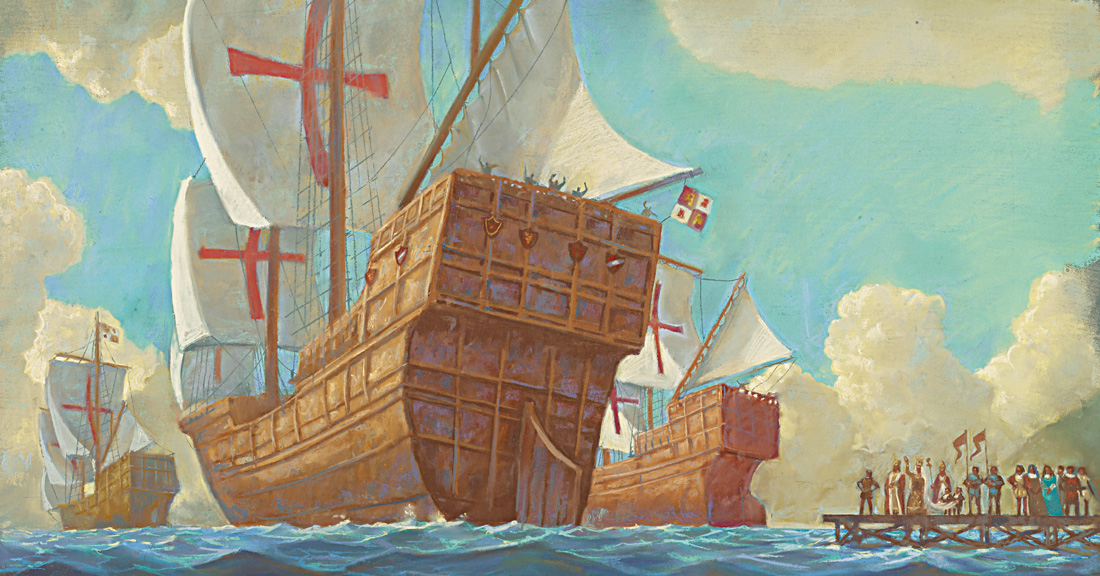
Would you believe that, once, worms inspired people to explore the world? In fifteenth-century Europe, silk made from the thread of silkworms was more valuable than gold. Silk and silkworms could only be found in the areas now known as China and Japan, and finding the fastest sea route between these areas and Europe could make an explorer very rich. Christopher Columbus was determined to find that route. In 1492, he set off with three ships, and while he did find land, it wasnt what he expected. Neither were the animals he found along the way.
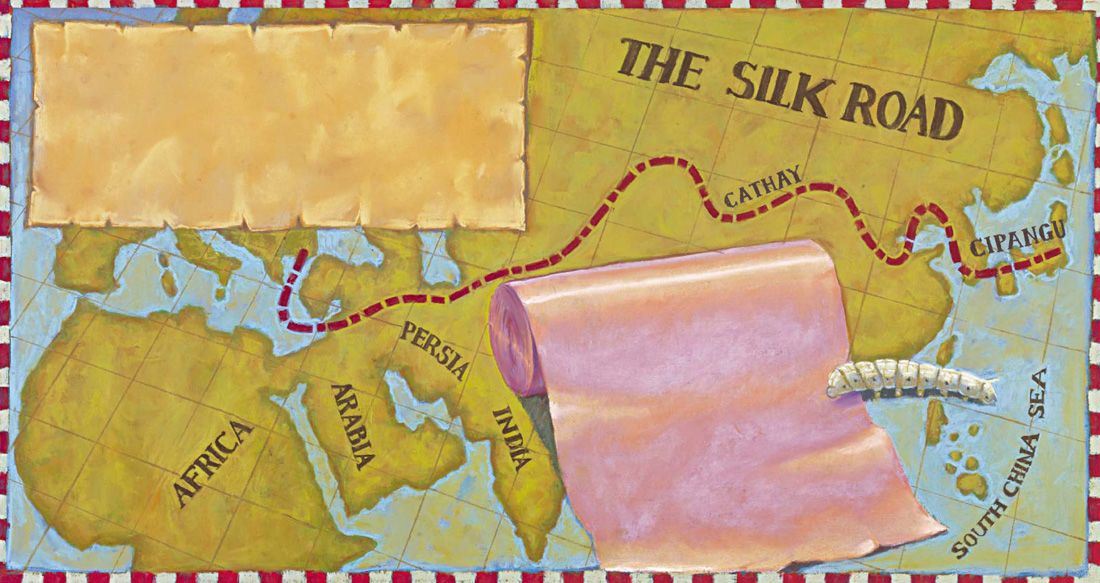
For centuries before Columbuss journey, explorers had been leaving Europe in search of new lands. When they returned from their expeditions, they brought things back from the cultures they visited, including spices like pepper and cinnamon, which made foods taste great and kept them fresh. The people of Europe became very fond of spices. They also liked silk, a shiny, soft cloth spun from threads produced by silkworm caterpillars. Unfortunately, both spices and silk came from faraway lands called Cathay (KATH-aa) and Cipangu (chi-PON-gu), now known as China and Japan. They also came from islands south of Cipangu that Europeans called the Indies.
Spinning Worms
Silk is made from threads produced by a kind of moth caterpillar. The caterpillar produces these threads in order to spin itself a cocoon. Inside the cocoon, the caterpillar changes into an adult moth. But to make silk, the cocoon is dropped into boiling water before the caterpillar becomes a moth. After the cocoon is boiled, the silk threads are carefully unwound. As many as 3,000 cocoons are needed to produce enough thread to weave just 1 yard (0.9 meter) of silk.
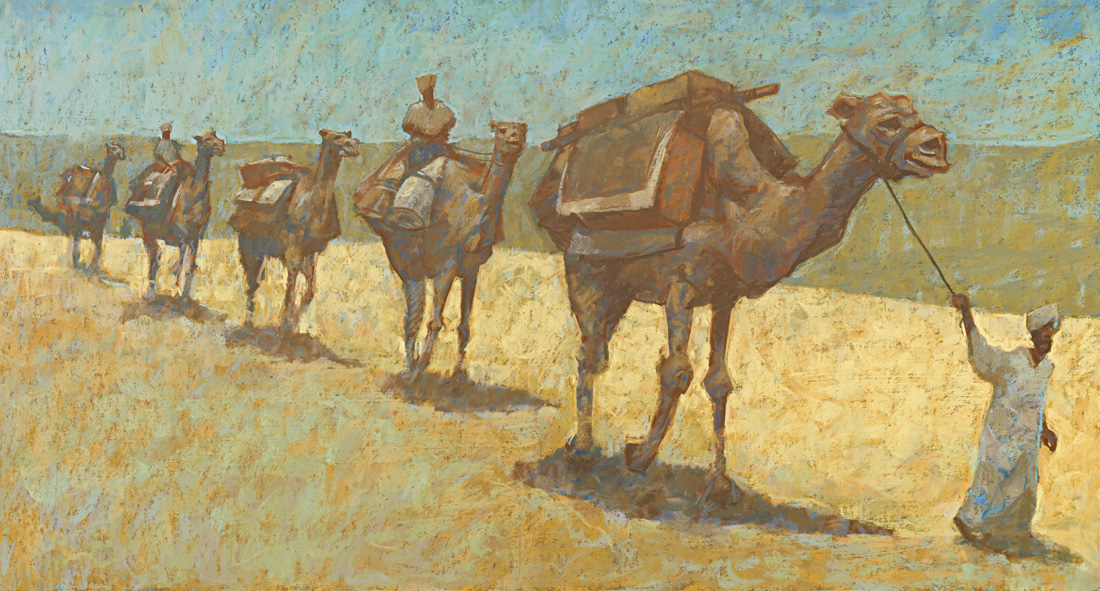
To reach Europe, the silk and spices had to be carried by caravans of camels across deserts in Africa, packed on horses and mules over mountain trails, traded by many different merchants, then finally sent by ship to Spain, Portugal, and other parts of Europe.
The Moors were people who ruled northern Africa. They charged the caravans a fee for crossing their land, and because different Moorish rulers controlled different regions, the Europeans had to pay many fees.
Ships of the Desert
Camels are especially suited for hauling goods across dry, sandy deserts. Their wide footpads keep them from sinking into the sand. Their long eyelashes keep blowing sand out of their eyes. The fat reserves in their humps break down, giving off hydrogen that combines with the oxygen they breathe in. Together, these elements create water. Camels can go several weeks without drinking.
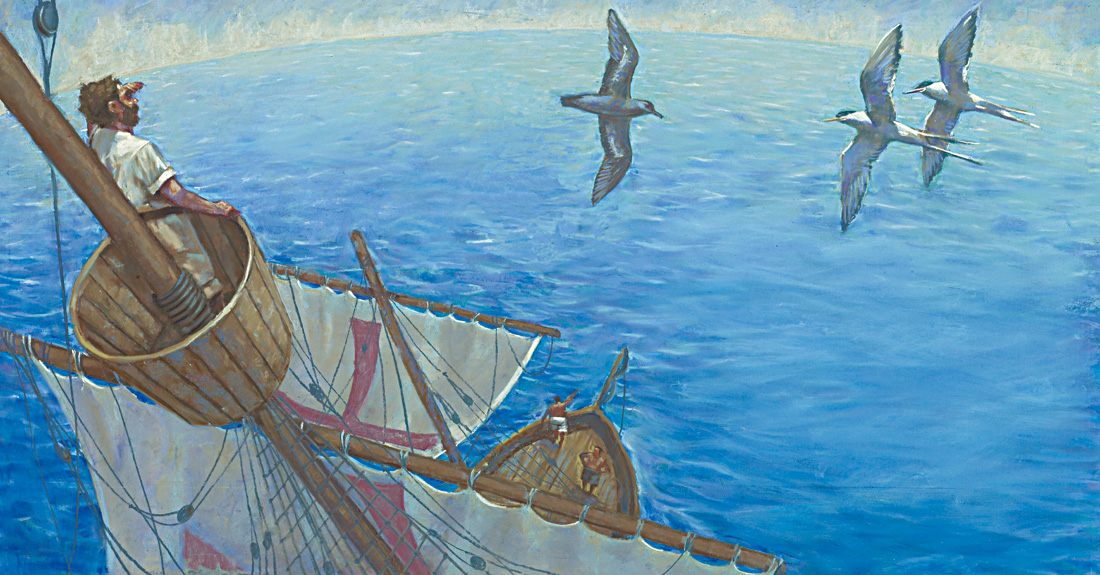
Follow Those Birds
In Columbuss time, sailors believed seabirds, like gulls, roosted on shore every night. So when sailors could not see land but saw seabirds, they thought land was nearby. That belief would affect Columbuss voyage. However, the sailors were wrong. Some birds, like arctic terns, travel long distances across oceans for many weeks between their winter and summer homes.
The European kings and queens knew the silk and spices could be transported by sea much faster and less expensively than by land. Columbus, who was born in Italy in 1451, was determined to find a sea route from Cathay and Cipangu. He believed this was his chance to become rich and famous. And he thought he knew just the route to sail.
In the 1400s, Europeans knew only the parts of the world that they had sailed to and explored. No one knew that a whole continentnow known as North Americaexisted to the west between Europe and China. In addition, Columbus believed the world was a rather small place. He thought the Indies were closer to Europe than they are.

